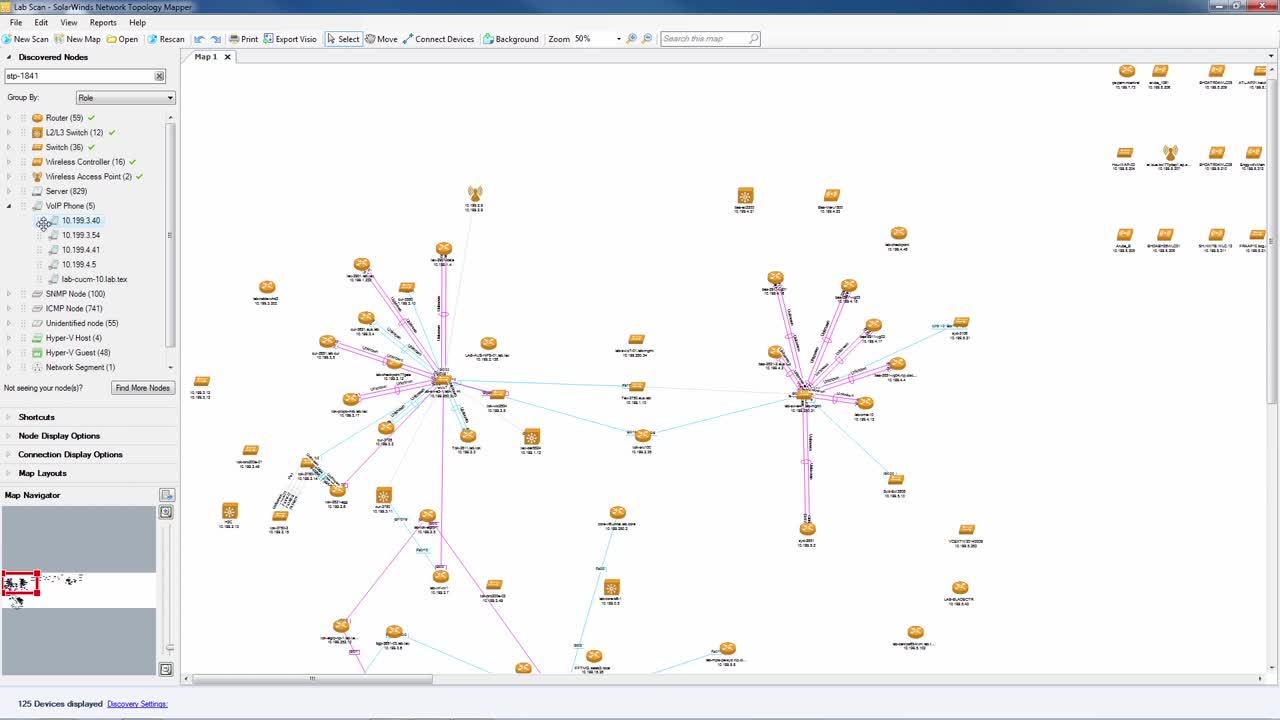Table of Contents
Key Takeaways
- WAN technology is essential for connecting distant locations, enabling seamless communication and data sharing across global networks.
- Over time, WAN has evolved from basic communication systems to advanced networks, driven by innovations such as fiber optics and satellites.
- WAN supports real-time communication, remote work, and efficient collaboration in business operations, improving productivity and decision-making.
- WAN deployments rely on various protocols, such as MPLS, SD-WAN, and VPNs, to ensure efficient data flow, flexibility, and secure connections.
- Emerging trends like AI-driven network management and IoT integration promise to address current WAN challenges and further enhance network performance and scalability.
Table of Contents
- Introduction to WAN in Today’s Networks
- Evolution of WAN: A Brief History
- How WAN Influences Business Operations
- WAN Technologies and Protocols
- Security Considerations in WAN Deployment
- Real-Life Applications of WANs
- Challenges and Future Trends
- Conclusion: WAN’s Impact on the Future of Networking
The digital age demands robust and reliable connectivity solutions that cater to a world increasingly dependent on data. Among these solutions, the wide area network (WAN) stands as a pivotal component for linking disparate locations, enhancing communication, and supporting the diverse needs of businesses and individuals. By connecting various local area networks (LANs) and facilitating global communication, WANs play an essential role in modern technology infrastructure. This expansive reach and impressive scalability make WAN integral to contemporary computing systems.
Understanding and leveraging WAN technology is indispensable for boosting operational efficiency and fostering global cooperation. WAN solutions empower not only businesses but also educational institutions and governments to thrive in a digitally connected environment. This extensive utility underscores the importance of WAN as a critical pillar in the connectivity infrastructure, providing the backbone for numerous applications across different sectors.
Introduction to WAN in Today’s Networks
WAN serves as the cornerstone in today’s digital ecosystem, broadening the scope of local networks to span entire countries and even continents. By linking multiple smaller networks, such as LANs or metropolitan area networks (MANs), WAN ensures seamless data flow and connectivity over vast distances. This capability is indispensable in managing and maintaining consistent communication across global operations and is vital for businesses navigating the complexities of a worldwide economy.
Evolution of WAN: A Brief History
The evolution of WAN technology can be traced back to primitive telecommunications systems, evolving through phases of innovation to become the sophisticated networks we rely on today. Initially focused on basic communication lines for businesses, WANs have expanded their utility due to technological advancements, notably the development of satellites and fiber optics. This evolution has also significantly impacted how we communicate, work, and interact globally. For a comprehensive overview, delve into the historical development of WANs.
How WAN Influences Business Operations
WAN plays a critical role in modern business operations by enabling real-time communication and efficient data sharing across global offices and branches. This connectivity is critical for maintaining productivity, supporting remote work environments, and facilitating seamless supply chain management. Businesses benefit from enhanced collaboration tools and communication platforms enabled by WAN, leading to improved customer service and quicker decision-making processes in diverse industries.
WAN Technologies and Protocols
The deployment of WAN technology involves an array of protocols crucial for maintaining data integrity and transmission speed. Technologies such as Multi-Protocol Label Switching (MPLS), Software-Defined WAN (SD-WAN), and Virtual Private Networks (VPNs) each offer unique advantages and functionalities. MPLS enhances data flow efficiency, SD-WAN provides flexibility and cost-effectiveness, while VPNs ensure secure remote access. Leveraging these technologies allows organizations to tailor their network solutions effectively.
Security Considerations in WAN Deployment
Extensive connectivity introduces significant security challenges that must be addressed to protect data integrity. Implementing comprehensive security measures is crucial, including the use of firewalls, encryption technologies, and secure access protocols. These measures safeguard WANs against potential cyber threats and vulnerabilities inherent in extensive network systems. More information on essential security strategies is available through insights on effective security measures, offering guidance on enhancing WAN security against evolving threats.
Real-Life Applications of WANs
Across various sectors, WAN technology underpins critical applications, enhancing connectivity and service delivery. In healthcare, WANs enable telemedicine services and provide instant access to patient records, revolutionizing patient care. The financial industry relies on WAN for real-time transaction processing and fraud detection, ensuring secure operations. In education, WAN offers e-learning platforms and facilitates resource sharing, proving invaluable in bridging educational gaps and promoting widespread learning opportunities.
Challenges and Future Trends
WAN technology faces multiple challenges, including addressing latency issues and achieving scalable solutions for expanding network requirements. However, cloud computing and edge computing present promising paths forward, offering solutions that address these challenges and enable innovation. Emerging trends emphasize AI-driven network management to improve performance and the integration of Internet of Things (IoT) devices, which will continue to revolutionize how WANs handle data and connectivity needs.
WAN’s Impact on the Future of Networking
WAN technology is poised to remain a fundamental component of global communication and network strategies. As the world becomes increasingly digitized, WAN’s capacity to provide robust, scalable, and secure connectivity solutions becomes ever more critical. The ongoing technological advancements and potential future developments affirm WAN’s importance, promising continued evolution and innovation in enhancing efficiency and connectivity on a global scale.
With the rise of cloud computing, the Internet of Things (IoT), and remote work, WAN technology is also adapting to meet the demands of these emerging trends. By integrating technologies like SD-WAN (Software-Defined WAN) and 5G, WAN solutions are becoming more flexible, cost-effective, and capable of handling higher volumes of data traffic. These innovations optimize performance and enhance security protocols, ensuring safe and reliable connections for businesses and consumers alike. As digital transformation accelerates, WAN will remain at the heart of a connected, data-driven world.
Also, read Duleep Trophy:India’s Prestigious Domestic Cricket Tournament






























